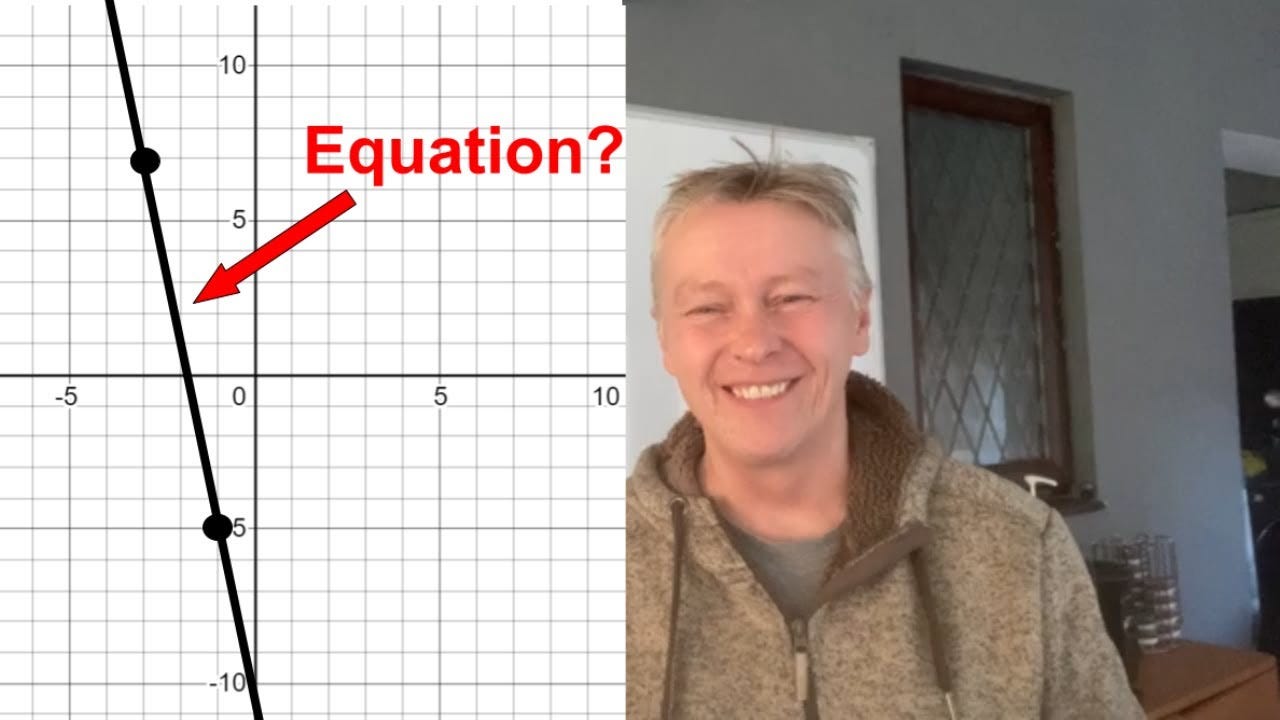We're just about coming to the end of this term and, like most years, the centre will be closed for the final two weeks of August. It's been a fantastic year. Thank you to all the inspiring students who have worked hard, consistently attended, gone the extra 10%, made us laugh and been awesome!
Key Stage 2 (2nd to 5th Grade)
It's good to hear students asking to use a dictionary. While it's easier to use Google, leafing through the pages to find a word can be quite useful. It's a good discipline, gives students wider vocabulary, and helps to 'embed' the word for future use.
Here's a list - can you find the correct meanings?
Key Stage 3 (6th to 8th Grade)
Here's a KS3 assignment - please do let me know when complete, and we'll always be pleased to offer feedback.
You are keen to support a local charity, and have been asked to write a speech, to present it to your school. Remember to think about: audience and purpose, spelling, grammar and punctuation.
Key Stage 4 (9th and 10th Grade)
There's quite a few different types of graphs to learn for GCSE maths. From 'data handling' such as pie charts, histograms, frequency polygons to the more 'theoretical' straight line, quadratic and cubic.
Here's a straight line graph worksheet.
Have a great week
Simon D
PS. And finally:
Robert Recorde, an English mathematician, is credited with the invention of the equals sign '=' in 1557. In one of his many books he wrote '…to avoid the tedious repetition of these words: “is equal to”, I will set a pair of parallels, of one length (thus =), because no two things can be more equal.'
Help keep this newsletter free! Everything you need for SATS, GCSE and High School maths ... as well as toys & games, teacher gifts, gadgets and travel. Anything you order is at no additional cost, although I get a small commission to help pay for hosting, material creation, email, ideas, thoughts, downtime, decompression and the occasional coffee :-)






